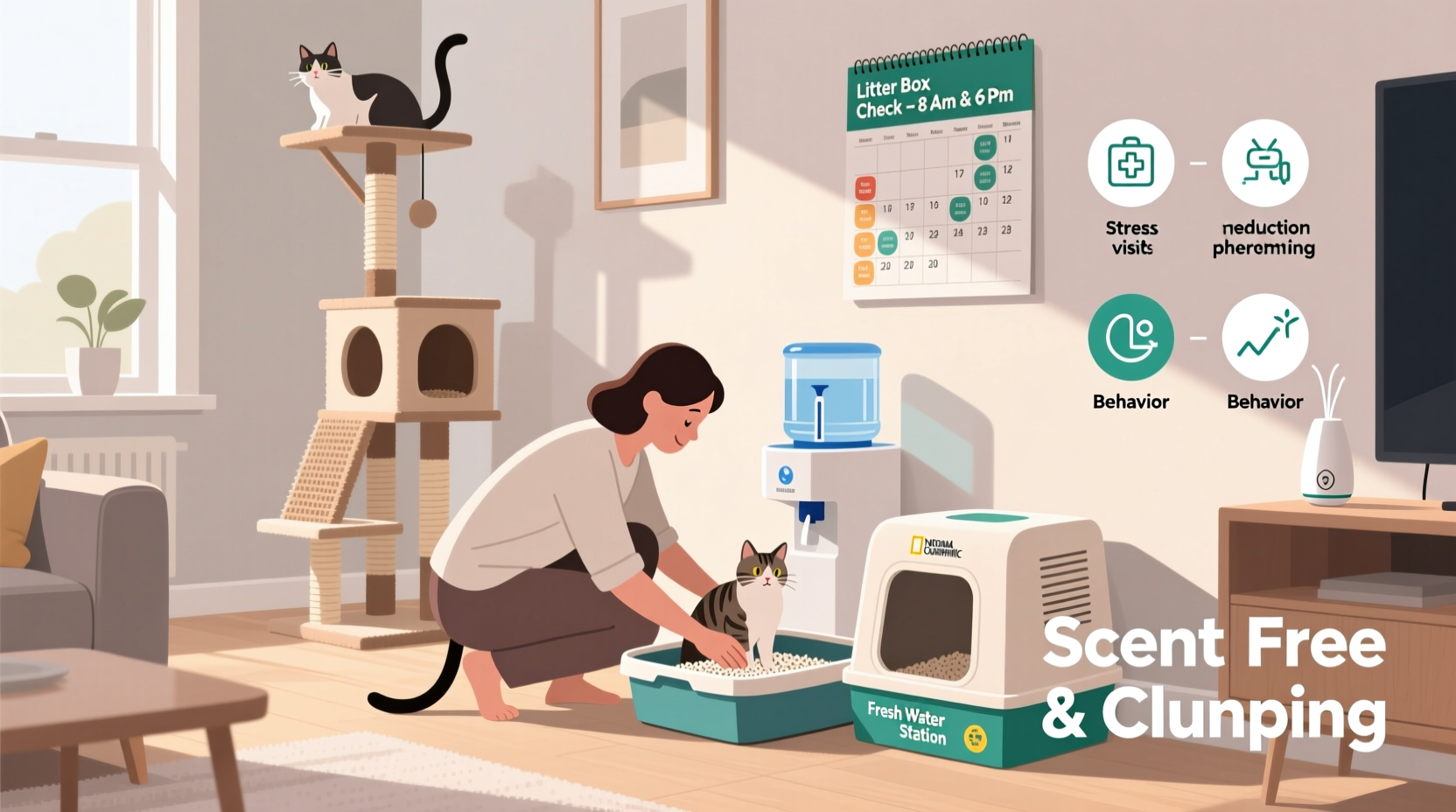Cat urine in the house is more than an unpleasant odor—it’s a sign that something is off. Whether your feline has suddenly started avoiding the litter box or never fully learned proper habits, inappropriate urination is one of the most common behavioral issues cat owners face. The good news: it’s almost always fixable. With patience, observation, and the right approach, you can restore harmony to your home and ensure your cat feels safe, healthy, and understood.
Understanding Why Cats Pee Outside the Litter Box

Cats don’t eliminate outside the litter box to spite their owners. Their behavior is a form of communication. Inappropriate urination typically falls into two categories: medical and behavioral. Before implementing any training strategy, it's essential to rule out health problems.
Common medical causes include urinary tract infections (UTIs), bladder stones, kidney disease, diabetes, and arthritis—especially in older cats who may find climbing into a high-sided box painful. Behavioral triggers include stress, territorial marking, litter aversion, or dissatisfaction with the number, location, or cleanliness of litter boxes.
“Any sudden change in elimination habits should prompt a veterinary visit. What looks like a behavioral issue could be a life-threatening condition.” — Dr. Laura Chang, DVM, Feline Behavior Consultant
Step-by-Step Plan to Stop Indoor Urination
Resolving inappropriate urination requires a structured, compassionate response. Follow these steps to identify and correct the root cause:
- Schedule a vet check-up. Rule out infection, pain, or systemic illness through urine analysis and physical exam.
- Identify the type of behavior: Is your cat squatting to pee (elimination) or spraying small amounts on vertical surfaces (marking)? Spraying is often stress-related.
- Assess litter box conditions. Are there enough boxes? Are they clean? Are they in quiet, accessible locations?
- Eliminate odors thoroughly. Use enzymatic cleaners—not just soap and water—to break down urine molecules that attract repeat incidents.
- Reduce household stressors. Introduce calming aids if needed, such as pheromone diffusers or environmental enrichment.
- Reintroduce positive litter box experiences. Confine your cat temporarily to a small area with one clean box, then gradually expand space as consistency improves.
Litter Box Best Practices: Quantity, Placement, and Type
The litter box setup is often the missing link in solving indoor urination. Even subtle issues—like using scented litter or placing the box next to a noisy appliance—can deter use.
| Factor | Recommended Practice | Common Mistake |
|---|---|---|
| Number of Boxes | N+1 rule: One per cat, plus one extra | Only one box for multiple cats |
| Placement | Quiet, low-traffic areas on each floor | Basement or laundry room near loud machines |
| Cleaning Frequency | Scooped daily, full change weekly | Left uncleaned for days |
| Litter Depth | 2–3 inches | Too shallow or overly deep |
| Type of Litter | Unscented, clumping, fine-grain | Fragranced or crystal litters |
Some cats are picky about texture. If your cat avoids the box, try offering multiple types in identical pans and observe preference. Gradually phase out rejected options.
Stress Reduction and Environmental Enrichment
Cats are sensitive to changes in routine, new pets, moving, or even rearranged furniture. Stress can manifest as territorial spraying or avoidance of shared resources like litter trays.
To reduce anxiety:
- Use synthetic feline facial pheromones (e.g., Feliway diffusers) in multi-cat homes or high-stress zones.
- Provide vertical space—cat trees, shelves, window perches—for security and escape.
- Maintain consistent feeding times and routines.
- Offer interactive toys and daily play sessions to burn energy and build confidence.
“We had two cats and constant marking near the front door. After installing a Feliway diffuser and adding a second litter box upstairs, the behavior stopped within two weeks.” — Maria T., cat owner of 8 years
Checklist: Immediate Actions to Take Today
If your cat is currently urinating in the house, follow this checklist to begin correcting the behavior immediately:
- ✅ Schedule a vet appointment to rule out medical issues
- ✅ Count your litter boxes—do you have N+1?
- ✅ Clean all past accident sites with an enzymatic cleaner
- ✅ Scoop all boxes today and replace litter if old
- ✅ Relocate boxes if they’re in noisy or isolated areas
- ✅ Observe where your cat spends time—place a temporary box nearby if needed
- ✅ Eliminate sources of conflict between pets, if applicable
Frequently Asked Questions
Why is my cat peeing on my bed or couch?
This is often a combination of soft surface preference and emotional distress. Beds carry your scent, making them targets during anxiety or territorial disputes. Address underlying stress and block access during retraining. Never allow the cat on the bed until the behavior is resolved.
Can neutering stop my cat from spraying?
Yes—neutering before sexual maturity reduces spraying by up to 90%. However, if the behavior persists after neutering, it’s likely due to stress or habit, not hormones. Neutered cats can still spray under pressure.
How long does it take to fix inappropriate urination?
With consistent intervention, most cases improve within 2–6 weeks. Chronic or multi-cat cases may take longer. Patience and diligence are key—relapses are common without sustained effort.
Conclusion: A Patient, Holistic Approach Works Best
Stopping your cat from peeing in the house isn't about discipline—it's about empathy. By combining veterinary insight, thoughtful environment design, and consistent routines, you create the conditions for lasting change. Remember, every cat is different. What works for one may not work for another. Stay observant, stay calm, and focus on building trust.
Your efforts now will strengthen your bond and prevent future issues. Don’t hesitate to consult a certified feline behaviorist if progress stalls. You're not alone in this journey.









 浙公网安备
33010002000092号
浙公网安备
33010002000092号 浙B2-20120091-4
浙B2-20120091-4
Comments
No comments yet. Why don't you start the discussion?